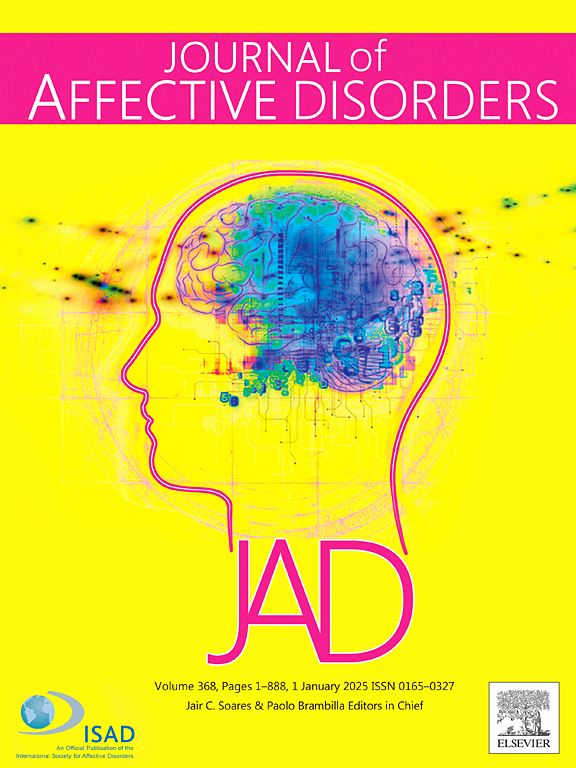Lack of mental integration and emotion dysregulation as a possible long-term effect of dysfunctional parenting: An EEG study of functional connectivity before and after the exposure to attachment-related stimuli
IF 4.9
2区 医学
Q1 CLINICAL NEUROLOGY
引用次数: 0
Abstract
Dysfunctional parenting (DP) is a factor of vulnerability and a predictive risk factor for psychopathology. Although previous research has shown specific functional and structural brain alterations, the neural basis of DP remains understudied. We therefore investigated EEG functional connectivity changes within the Salience Network before and after the exposure to attachment-related stimuli in individuals with high and low perceived DP. Participants (N = 82) were asked to report sociodemographic variables, parenting styles in the first 16 years of life, and individual emotion regulation patterns. A double 5-min EEG recording was conducted with eyes closed, both before and after the Adult Attachment Projective (AAP). Increased connectivity between the anterior cingulate cortex (ACC) and the left supramarginal gyrus (lSMG) in the alpha frequency band was observed exclusively in participants with high perceived DP after the AAP. To understand the functional role of alpha frequency, this band was subdivided into low, medium, and upper alpha. A connectivity analysis was again conducted between the ACC and the lSMG and increased connectivity was observed only in the middle alpha component. A positive correlation was also observed between middle alpha index connectivity and emotional dysregulation exclusively after the activation of the attachment system in individuals with high perceived DP. Our results suggest that individuals with high levels of perceived DP develop specific neurophysiological alterations. These alterations may reflect a lack of mental integration and subsequent emotion dysregulation when exposed to attachment-related, emotionally charged stimuli.
求助全文
约1分钟内获得全文
求助全文
来源期刊

Journal of affective disorders
医学-精神病学
CiteScore
10.90
自引率
6.10%
发文量
1319
审稿时长
9.3 weeks
期刊介绍:
The Journal of Affective Disorders publishes papers concerned with affective disorders in the widest sense: depression, mania, mood spectrum, emotions and personality, anxiety and stress. It is interdisciplinary and aims to bring together different approaches for a diverse readership. Top quality papers will be accepted dealing with any aspect of affective disorders, including neuroimaging, cognitive neurosciences, genetics, molecular biology, experimental and clinical neurosciences, pharmacology, neuroimmunoendocrinology, intervention and treatment trials.
 求助内容:
求助内容: 应助结果提醒方式:
应助结果提醒方式:


